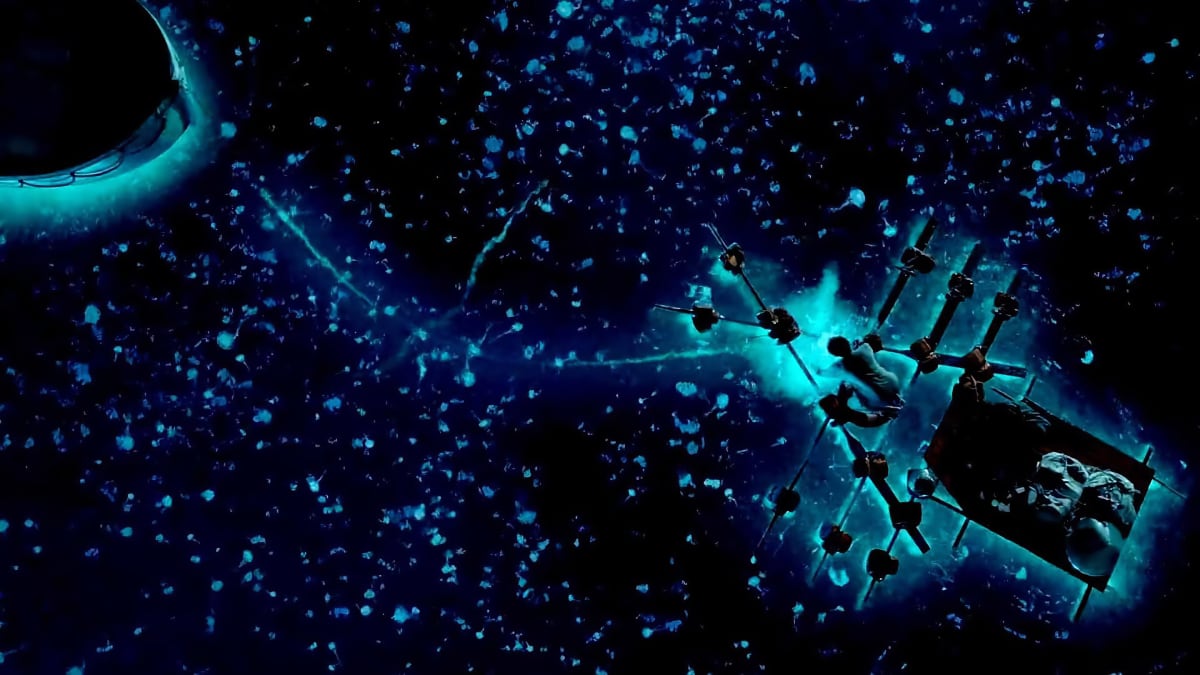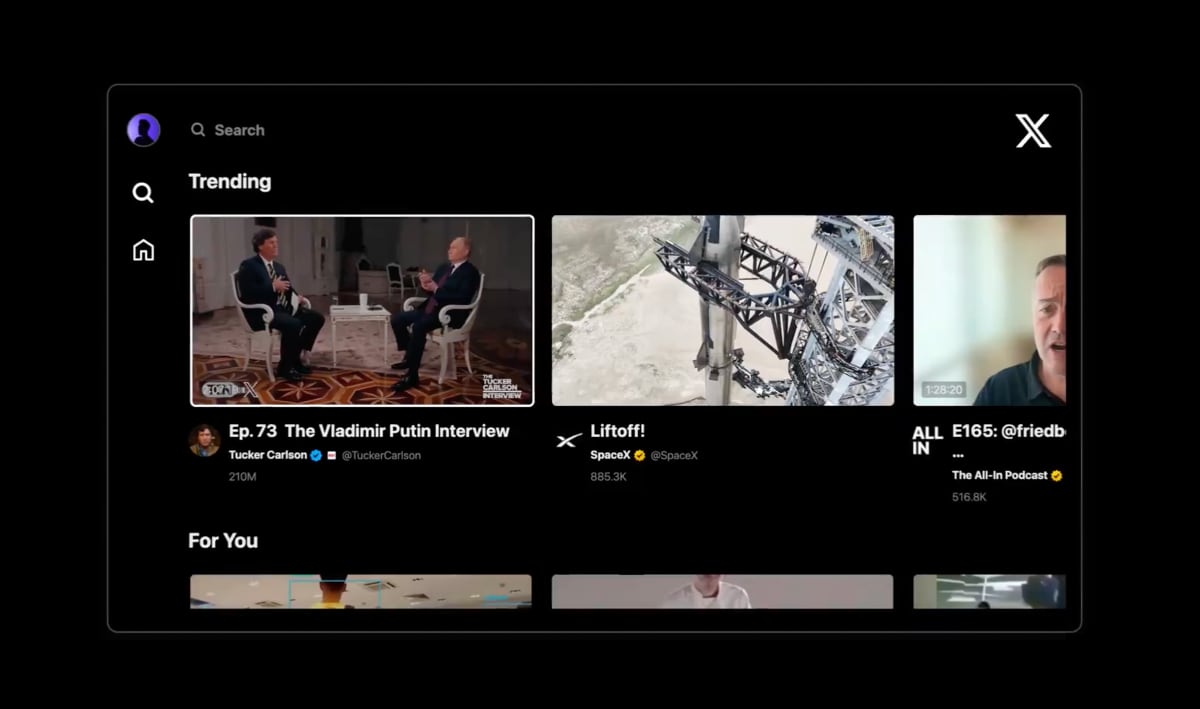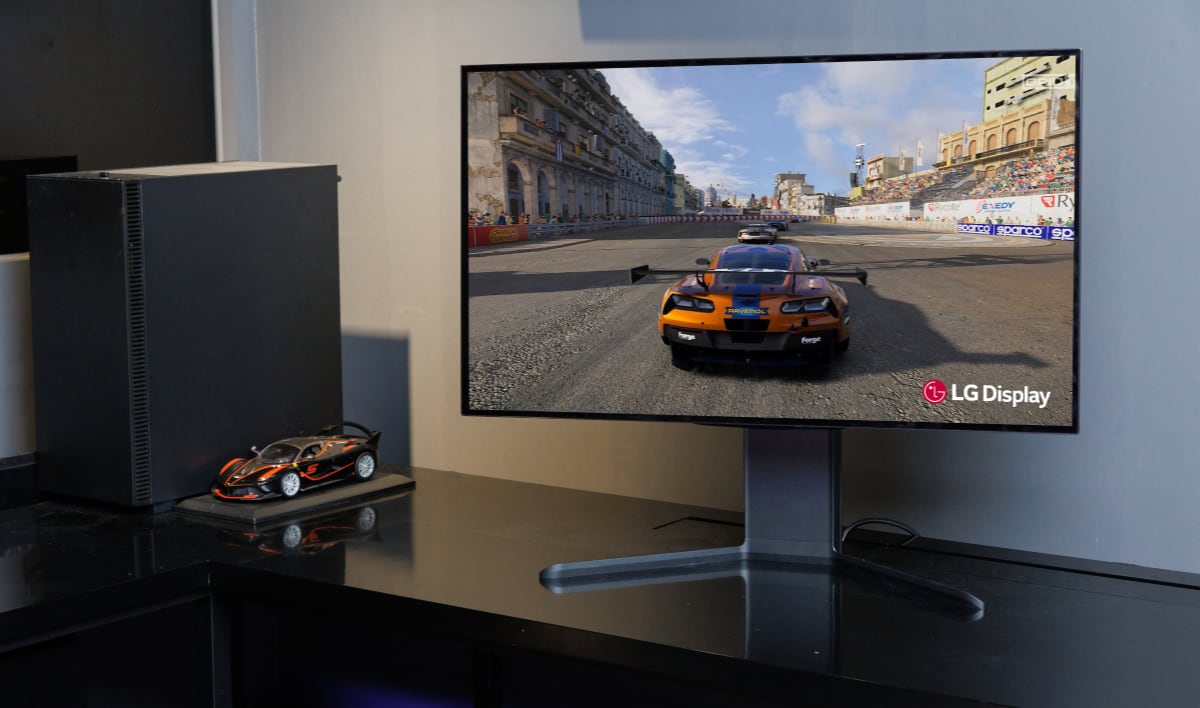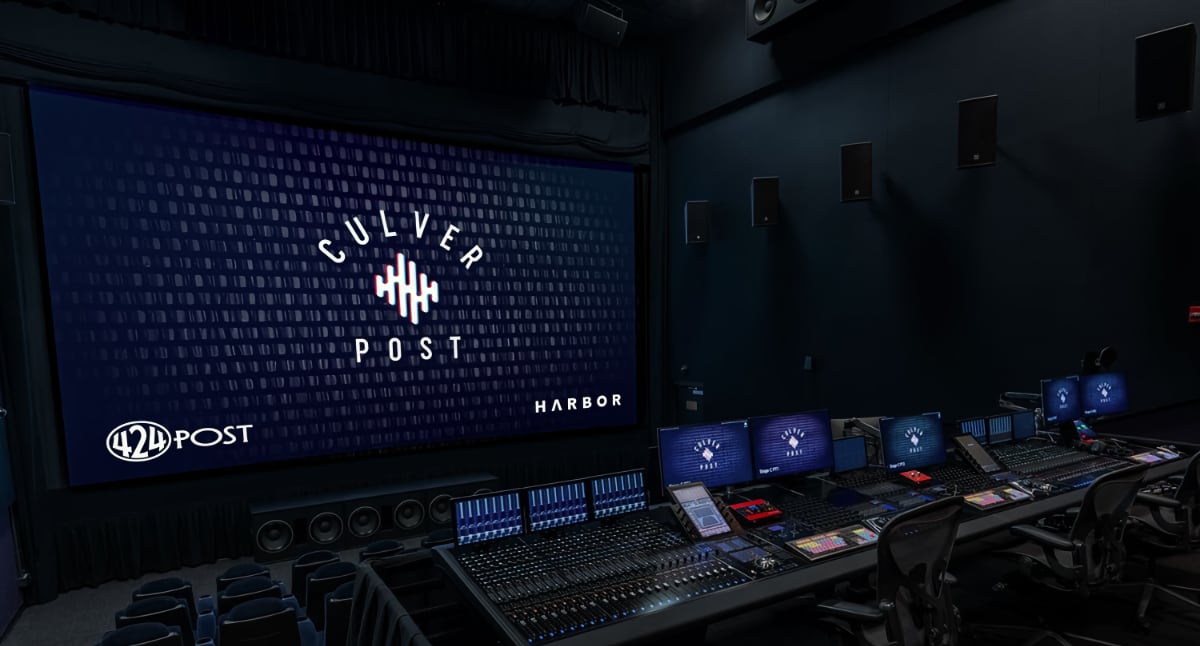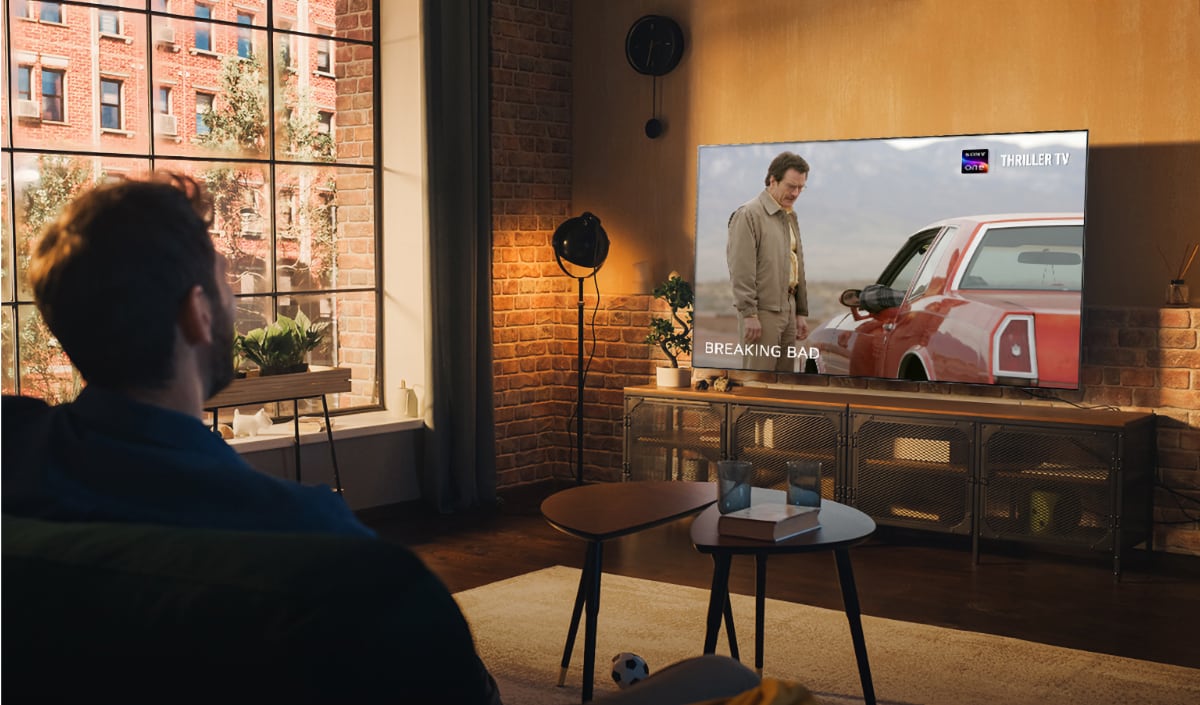Since 2011, Netflix has been working on a new and better method for compressing its library of movies and TV series. The new method allows Netflix to create a separate compression profile for each title in the library and thus select the best approach. It should reduce bandwidth requirements and improve picture quality.
Per title optimization
Until now, Netflix has used pre-defined "quality levels", a kind of staircase model where the lowest level was 320x240 pixels at 235 Kb/s bitrate and the highest level, besides 4K, was 1080p HD at 5.8 Mb/s bitrate. Between the two extremes there were eight addition levels. All content was compressed to fit into those levels and each step in the model defined a given resolution/bitrate. No exceptions.
Since 2011, the world’s largest streaming company has been working on a new method. It is not a new format – Netflix will continue to use MPEG4 H.264 – but a more efficient way of looking at different types of content. It can best be explained with an example: Animated video such as BoJack Horseman has very different picture characteristics compared to, say, an action movie such as Iron Man. Animation is usually made up of large solid-colored surfaces, whereas an action movie almost constantly changes to a new scene. Netflix calls the new approach "per title encode optimization" and with this approach it analyzes each and every title individually prior to compressing it.
The goal is two-sided. Netflix wants to save internet bandwidth by lowering the bitrate where possible and wants to improve picture quality for complex scenes. The two things are of course partly interdependent.
One example is BoJack Horseman, which was compressed to fit every level of the model (235 Kb/s SD to 5.8 Mb/s 1080 HD). Before, it would increase in resolution with every step up in bitrate but with the new method Netflix can move more quickly to for example 720p and 1080p. This is possible because animation is easier to compress. By moving into the 720p or 1080p layers at lower bitrates levels, Netflix can potentially save bandwidth at the top end and enable users with a slow connection to enjoy better picture quality.
It is of course more complicated than that but that is the basic idea behind “per title” optimization.
Examples
In the example below Netflix has compressed BoJack Horseman using the old method to the left (1.75 Mb/s bitrate at 480p) and new method to the right (1.54 Mb/s bit rate at 1080p). The nature of the animated show allows Netflix to move to the 1080p layer at a much lower bitrate without increasing the JND (just-noticeable-difference) value, allowing people with even a 2 Mb/s internet connection to stream 1080p.
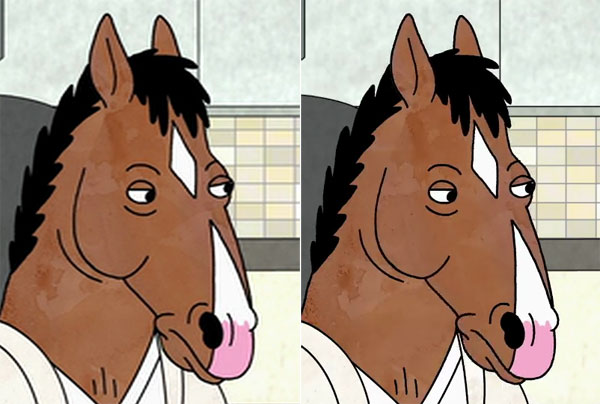
In another example Orange is the New Black is encoded with the old method to the left (5.8 Mb/s at 1080p) and new method to the right (4.64 Mb/s at 1080p).

With this show Netflix believes that it can deliver the same picture quality at the new lower bitrate, thus saving 20% in bandwidth.
The company says that certain types of content can also increase in bitrate. Action scenes or dark scenes are notoriously hard to compress, and Netflix uses Daredevil as an example. In the past, the highest possible bitrate level for any type of content would be 5.8 Mb/s at 1080p (besides the 4K version) but with the new method there is no fixed upper cap. If a show has a more complex picture composition it can be encoded at a higher bitrate (and move to the 720, 1080p layers at higher bitrate levels than before).
Netflix will profile every show in its library and says that it has already completed the 1000 most popular titles on the service. These titles have been tested internally and with randomly-selected users in living rooms (those users have been unaware of the switch). The entire catalog should be up and running by the end of Q1 2016.
The next step could be to profile each scene of a movie, the company says.
To learn more about the project jump over to Netflix's tech blog.




